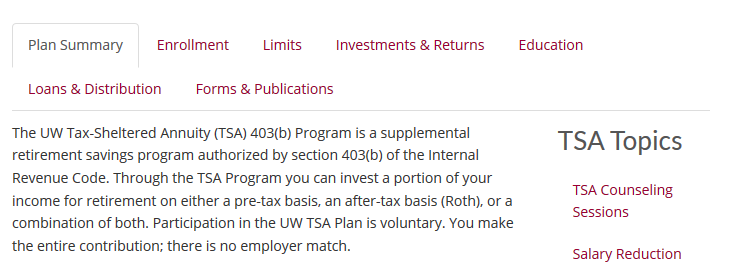
If the song uses alternate tunings like Drop D, the new tuning will be notated either beside the strings or at the beginning of the music sheet. This usually means that the song will be using the standard EADGBe tuning. Also notice that the tuning of the strings are not displayed beside the TAB. Notice that there is a staff with a treble clef above for standard notation and the TABs are below.
How to tab one line and not the other professional#
Here is what a blank professional TAB looks like. For our purposes, we’ll be using professional TABs. Most simple TABs do not have rhythm notations which means that you’ll have to be very familiar with the rhythm of the notes before reading the TABs. The great thing about having standard notation displayed above your TABs is standard notation will give you rhythm notations as well. There are also professional TABs that come with accompanying standard notation. This is something many beginners get confused with. Take note that the first string on the guitar (thinnest string) is represented on the first line of the TAB, and the sixth string (thickest string) is the last line of the TAB. After entering the text in right hand, please put the cursor at the left location where you want to insert text, enter the first line text normally, press the Down arrow in the keyboard to enter a new line (or, you can put the cursor at the next beginning line then type directly). Notice how there are six lines that run across? Each line represents a string on your guitar, and on the left, you’ll see the notes that these strings are tuned to. There are variations here and there on different websites, but the variations are mostly just aesthetic. This is what a simple blank tab looks like. If not, come back with a description of what does happen, and maybe a sample of your actual workbook.E |-|ī |-| The final reference to C$1 is to the cell in which there is a cell address to the cell(s) in the various detail sheets containing the data elements you want in the summary sheet.The &"!" designates the foregoing as a reference to a sheet in the same workbook (I'm assuming you know the concatenation symbol &).where $D6 is the cell containing the sheet's name (the absolute reference to column D keeps that constant as it's copied across other columns the relative reference to row 6 allows it to change as it's copied down).

How to tab one line and not the other series#
In this case, it is to a specific cell (or series of them) in another sheet in the same workbook, which I believe is what you're trying to accomplish. What INDIRECT does is construct a complete reference to another spot in the workbook. Then, across the top of the master sheet, I've entered into a singe row the specific cell references in those various sheets from which I want to extract data. With INDIRECT, as I've used it in my own situation (which may or may not mirror yours), I've entered, in a single column of the master or summary sheet, the word/text that serves also as the label on a tab from which I want to extract date. Nevertheless, without any further ado, what I'm guessing (in the absence of further definition of the situation) is that the INDIRECT function would work in the OP's case, and maybe even in yours you'll have to find that out. In the Show section, enable the Rulers option. You will then see the preset line spacing that you can apply to the document or a portion of the document.

Next, go to the Home tab, then to the Paragraph group. Now look towards the center of the Ribbon. To set line spacing, select the text for which you want to change the line spacing. If Print Layout isn’t already highlighted, click it now. On the Ribbon, switch to the View tab (all the way on the right). In may case, YES, Everything would be the same from one Tab to the Next as it's the same form and YES, I would manually rename each tab as they are Invoice #'s per each form.Įdit: The new Data would drop into the Master List of Data from the Tabs, to which I already have a chart set up to incorporate that data for my needs. First, make sure you’re in Print Layout view. Not to be defensive, but I would point out your opening comment doesn't serve to endear me to you. As in sometimes a quick "answer" is less helpful than a bit more back-and-forth first to make sure all parties are on the same page? You've never heard that sometimes you need to answer a question with a question (or two)?! As in sometimes, the situation needs a bit more definition. The same question as OP, but disappointed there were only follow questions versus and explanation of an actual answer.


 0 kommentar(er)
0 kommentar(er)
